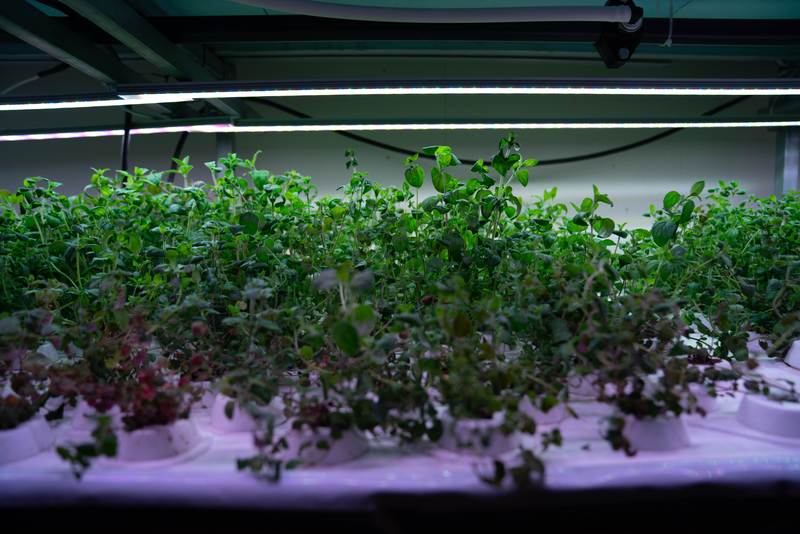Greenlandic Greenhouse - Greenland

Greenlandic Greenhouse has been nominated for the Nordic Council Environment Prize 2021.
In Greenland, the world's second-largest contiguous ice sheet covers about 80% of the land area, and the country’s climate and soil conditions make it difficult to grow vegetables there. Consequently, around 3,600 tons of vegetables are imported annually to the whole of Greenland, which has a population of about 56,000 people. Greenland's geography also means that many towns and villages can only be reached by air. In Qaanaaq in North Greenland, for example, a ship calls only twice a year. Air transport leads to higher food prices and a higher carbon footprint. The transport time also means that the food is no longer completely fresh by the time it reaches the consumers.
Consequently, there is a great potential in increasing sustainable self-sufficiency in Greenland – of which Greenlandic Greenhouse is a good example. Greenlandic Greenhouse grows sustainable, pesticide-free food which is cheaper than existing alternatives that are shipped long distances by ship and plane. The company grows vegetables for both businesses and private consumers. The greenhouse's power is derived from renewable energy, in the form of the local hydroelectric plant, from which they also obtain surplus heat to heat the production facilities. Over 90% of the water used in production is also recycled.
Because Greenlandic Greenhouse produces local food in an environmentally friendly and climate friendly way, and thereby supports a more sustainable food system in Greenland, the company has been nominated for the Nordic Council Environment Prize 2021.
About this year’s theme: Sustainable food systems
For food production to be considered sustainable, the food must be produced locally where possible, using environmentally sustainable methods. In agriculture, the emphasis is on recirculated plant nutrition and environmentally friendly farming practices that take into account greenhouse gas emissions and carbon sequestration, biodiversity and good management of water resources. Those engaged in animal husbandry and fish farming accept an environmental responsibility and maintain high standards of animal welfare. Natural resources used for food, such as game, wild fish and other natural products, are exploited wisely.
When ingredients are processed into food products, as much as possible of their nutritional content is preserved. There is no waste of resources in the food industry, products are packaged in an energy-efficient way and the environmental impact of distribution is minimised. Companies and retailers offer customers sustainable alternatives, and minimise food waste through their own initiatives. The food that consumers buy is based on environmentally sustainable alternatives, such as vegetarian food adapted to the seasons. We eat as many calories as we need, no food goes to waste and organic waste is recycled.